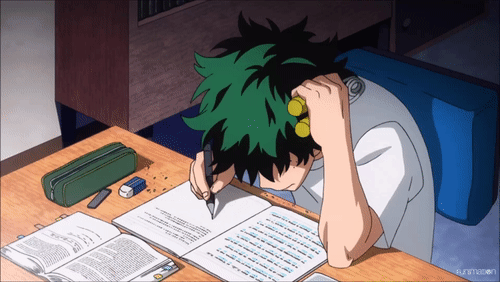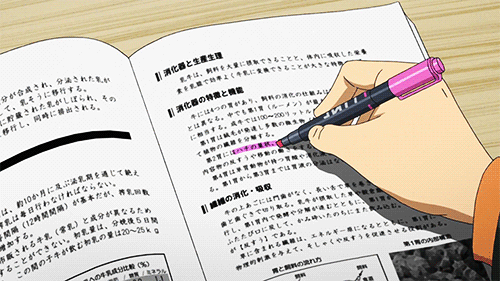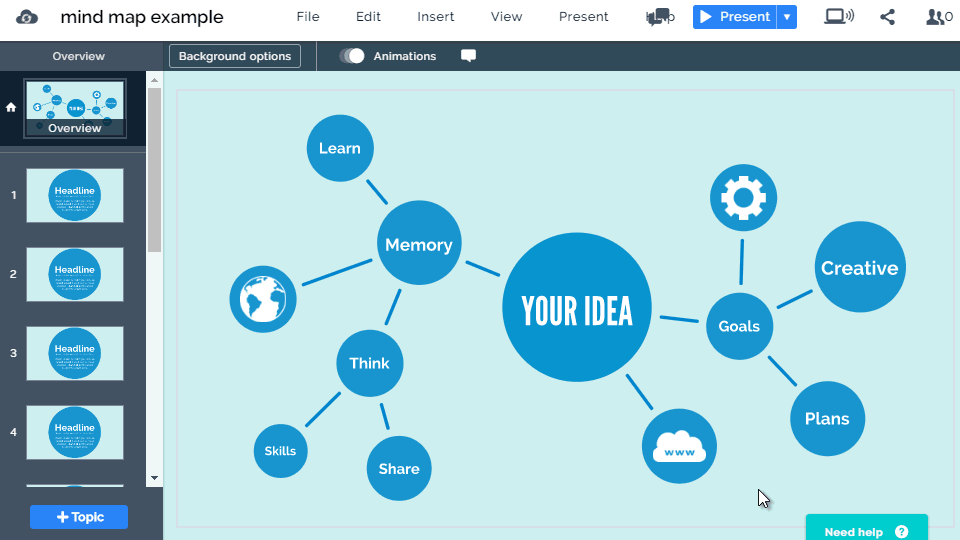Scientifically Proven Ways to Study Better
Learning effective study techniques can help prepare you for exams and will help reduce test anxiety. Hopefully, with the 8 science-backed study methods listed below, you can make your study time more effective and pass your next test easily.
Let science guide the way! Image from www.kit8.net
1. Spaced Practice: A technique to study over multiple sessions at different times throughout the week or month when preparing for an exam.
Rather than cram for 4 hours, break it up into 6-8 separate study sessions of 30-40 minutes. Chart from njcideas.wordpress.com
Day 1: Learn the material in class.
Day 2: Revisit and review.
Day 3: Revisit and review.
After one week: Revisit and review.
After two weeks: Revisit and review.
2. The SQ3R Method (or SQRRR): A reading comprehension technique that helps you identify the key points and retain the important facts.
Survey: Rather than read the entire book, begin by skimming the first chapter and taking notes on any headings, subheadings, images, or other standout features like charts.
Question: Come up with some questions. What is this chapter about? What do you know about this subject?
Read: Start reading the full chapter and look for answers to the questions you came up with.
Recite: After reading a section, summarize what you just read in your own words. Recall and identify major points. Now try to answer questions from the second step.
Review: After you finish reading then review the material to fully understand it. Quiz yourself and re-read any sections you need a refresher on.
3. Retrieval Practice: A method of remembering at a later time when you write down the answers instead of reading or flipping a flashcard over.
Utilize practice tests: Without looking at your book or notes, use practice tests or questions to quiz yourself.
Make your own questions: Come up with questions you think would be on a test. If you’re in a study group, encourage others to do the same, and trade questions.
Use flashcards: Create flashcards and make sure to practice your retrieval technique. Instead of flipping a card over first, write the answer down and check if you got it right.
4. The PQ4R Practice: An approach to learning that improves memorization and understanding.
Preview: Preview the information before you begin reading to get an idea of what the subject matter will be. Skim the material and read only the headers, subheadings, and highlighted text.
Question: Ask yourself questions. What do you expect to learn? What do you already know about this topic?
Read: Read the information one section at a time and try to identify answers to your questions.
Reflect: Did you answer all of your questions? If not, go back and see if you can find the answer.
Recite: In your own words, speak or write down a summary of the information you just read.
Review: Look over the material one more time and answer any questions that you may still have.
5. Leitner System: A learning technique using flashcards. Keep your flashcards in different boxes to track when to study each set. If you get a card right then you can move on to the next box.
Leitner system in action. Image from www.collegeinfogeek.com
Every day — Box 1
Every two days — Box 2
Every four days — Box 3
Every nine days — Box 4
Every 14 days — Box 5
6. The Feynman Technique: A great method to learn a new concept by explaining it to others in simple terms.
Write the subject/concept you are studying at the top of a sheet of paper.
Then, explain it in your own words as if you were teaching someone else. Imagine you are explaining the concept you learned to a 5-year old.
Review what you wrote and identify any areas where you made a mistake. Once you have identified those errors, go back to your notes and figure out the right answer.
Lastly, if there are any areas in your writing where you used technical terms or complex language, go back and rewrite these sections in simpler terms for someone who doesn’t have the educational background you have.
7. Color Coded Notes: A fun technique to improve your memory performance. Warm colors such as red and yellow can create a learning environment that is positive and motivating.
Write down key points in red.
Highlight important information in yellow.
Organize topics by color.
Don’t color everything—just the most important concepts.
8. Mind Mapping: If you’re a visual learner then try this study method that allows you to visually organize information in a diagram.
Mind map chart from www.prezibase.com
Grab a blank sheet of paper (or use a tool online) and write your study topic in the center, such as “Causes of World War 2.”
Connect one of your main ideas (i.e., a chapter of your book or notes) to the main topic, such as “Pre-War Events.”
Connect sub-branches of supporting ideas to your main branch. This is the association of ideas. For example, “Military alliances,” “The Great Depression,” and “Failure of the Treaty of Versailles.”
What map will you explore next?
Explore other worlds































Moving out, going to college, or just wanting to learn “how to adult” - this map has advice for you.